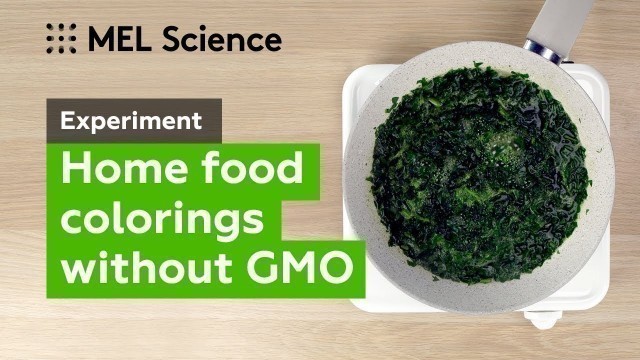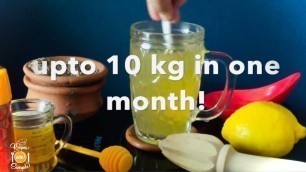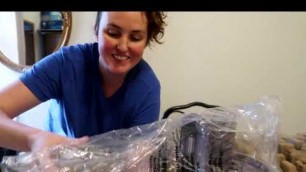

'This experiment is not included in the MEL Chemistry subscription–we just love to show you the beauty of Chemistry For cool and safe experiments to do at home sign up to MEL Science here: http://bit.ly/2rrq2AH The word “dyes” is often associated with something artificial and harmful, but this is not always the case. In this experiment you will find out how to make safe dyes from vegetables. Safety precautions Observe safety rules when working with boiling water and heating devices. Warning! Only under adults supervision. Reagents and equipment: * spinach (200 g); * beetroot (2-3); * onion skin (100 g); * glass container; * grater; * frying pan; * hot plate; * 1 tablespoon of table vinegar; * spatula; * funnel; * bandage or gauze; * knife; * cutting board; * ladle; * 40% solution of ethanol. Step-by-step instructions Beetroot dye: grate beetroot on a coarse grater, put the pulp in the frying pan, add a tablespoon of vinegar and stew for 15 minutes. Filter through the funnel with gauze. Spinach dye: put finely chopped spinach on a frying pan and add the ethanol solution. Stew for 15 minutes. Filter through the funnel with gauze. Onion skin dye: pour boiling water over the onion skin and leave for 15–20 minutes. Filter through the funnel with gauze. The dyes are ready! Put boiled eggs in the dye solutions for 30–60 minutes. Observe the eggs change color. Processes description Spinach leaves contain green pigment – chlorophyll, which dissolves well in ethanol. Onion skin contains the beta-carotene pigment. It gives the skin a golden color and dissolves well in hot water. Beetroot contains a mixture of different pigments, which give it a red color. They dissolve well in water, but they decompose with lengthy heat treatment, and to preserve their color a little table vinegar must be added. Egg shells mainly consist of calcium carbonate. It has a porous structure, and so it is a good sorbent. So dyes easily soak into it.'
Tags: experiment , fun science experiments , cool experiments , easy science experiments for kids , easy Experiments , experiments to do at home , mel science , amazing experiment , cool science projects , science experiments at home , mel chemistry , fun experiments , chemistry lab , chemistry help , cool chemical reactions , at home science experiments
See also:

















comments